Critical Hits in Dungeons and Dragons were controversial at the beginning. Original Dungeons and Dragons and Advanced Dungeons and Dragons did not provide for them in the rules. Gary Gygax and the rest of the folks at TSR did not believe that they belonged in the game. The combat system did not provide for the one in a million instant kill that players seemed to crave. In a “From the Sorcerer’s Scroll” commentary in Dragon Magazine Issue #16 (published July 1978) Gary Gygax discussed the many competing fantasy game systems that were coming out at the time. Most were marketed as “improving upon” the realism of fantasy combat in Dungeons and Dragons. Some of these systems had some sort of Critical Hit included in their combat system. Gary did not approve. And stated it rather clearly in his column in the Dragon. He did not like the possibility of an “instant death” or even merely double damage from a natural 20 roll. He goes on to state that the Dungeons and Dragons combat system was designed for playability and not for realism.

However other early role playing games, did provide for this kind of “exceptional hit,” including some from TSR. One very early role playing game called “Empire of the Petal Throne” is considered by many to be the first role playing game to specifically provide rules for such a “Lucky Hit.” Other games soon followed suit. With rules for these kinds of hits it was natural to extend such rules to also include critical misses. Such misses are often referred to as fumbles. In the pre-release version of Empire a natural 20 resulted in double damage to the victim. The later version released by TSR provides for an instant kill on a second roll of a 19 or 20.
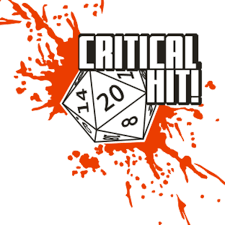
Why did players want critical hits in Dungeons and Dragons?
Most of us have heard the biblical story of David versus Goliath. The story is that of a massive giant versus an underdog with virtually no chance of winning a one on one confrontation. Yet the underdog wins. With a sling and a rock. He makes the one in a million shot and wins.
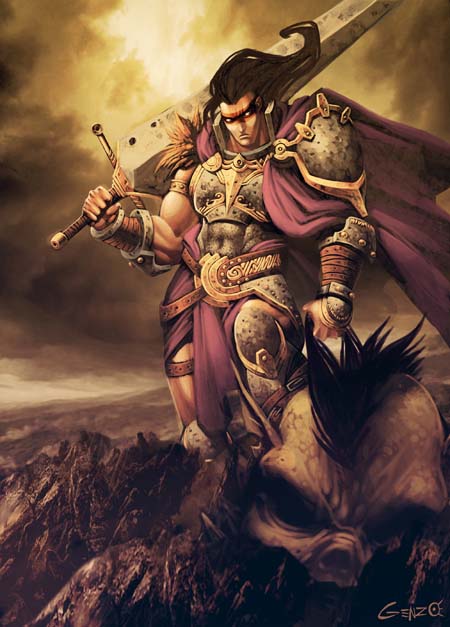
It is only natural that players wanted the same kind of ability in the game. There should always be a chance…..they said….of winning virtually any encounter. Of course even with critical hits in the game there is no guarantee that an excellent hit will kill any creature. At least not unless someone is swinging a Vorpal Sword.
Of course…TSR was not always against critical hits. The wound system in their western themed game Boot Hill provided for damage based on hitting different parts of the body. But complex hit placement systems were overly burdensome to the player and the game master. They were never as popular as a system based on rolling a natural 20 on a D20.
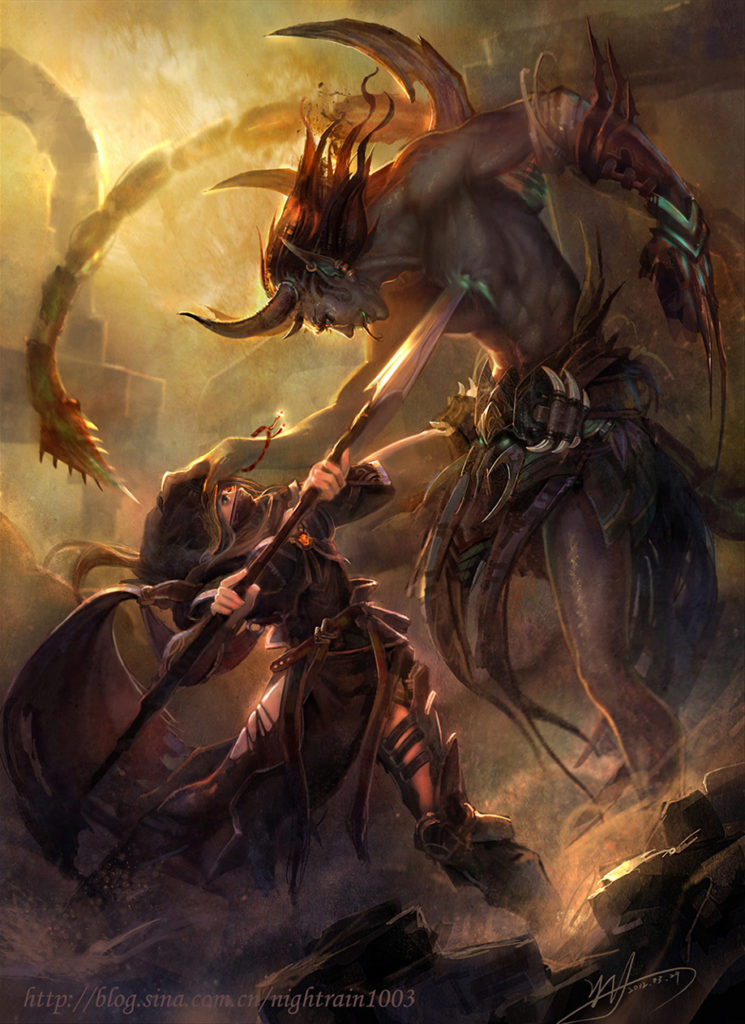
The Introduction of Critical Hits in Dungeons and Dragons
The first critical hits actually mentioned in any official Dungeons and Dragons core book was in 2nd Edition. The Dungeon Master guide for 2nd Edition provides an optional rule for inclusion of critical hits. It offers two options for implementing this rule:
- On a natural 20 the attacker scores double damage
- Or if the attacker scores a 20 then the attacker gains a second attack. And so on. If they keeps rolling 20s then they keep getting another attack until they roll no more 20s.
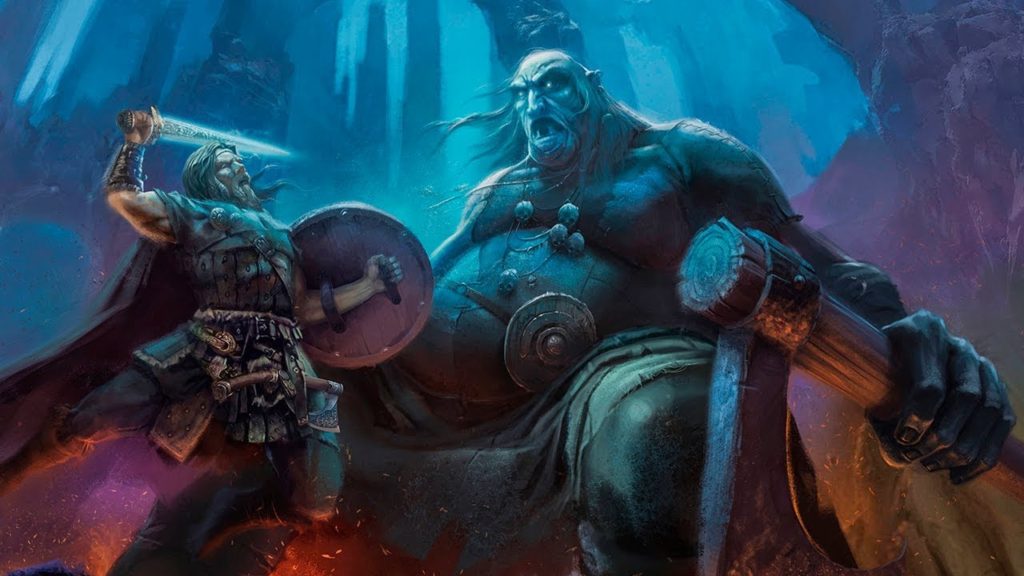
Later Second Edition expands upon this in Player’s Option: Combat & Tactics. Some of the suggested critical hit systems in that book were far more complicated. But this book also noted something interesting for the first time. It states that some creatures have no specific body parts that are more important than any other part of the body. Thus a critical hit might be ineffective against it.
This is an important point to consider. Some creatures are just blobs of black pudding or green slime. How can one effectively score a critical hit against a creature that has no important body parts or weak points? A critical hit against such a creature is kind of ridiculous.
This kind of exclusion of certain creatures was extended in Third Edition.
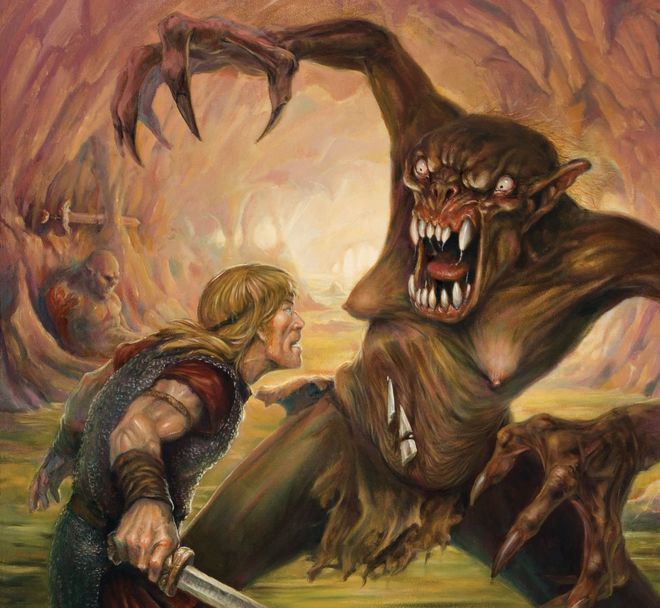
What kinds of creatures should not be affected by a critical hit?
It is only natural that certain types of slime creatures and blob creatures would not be affected by a special hit. But other creatures have also little chance of it. Some of these are as follows:
- Slimes, Jellies, Puddings
- Golems, Undead and Elementals as they do not bleed
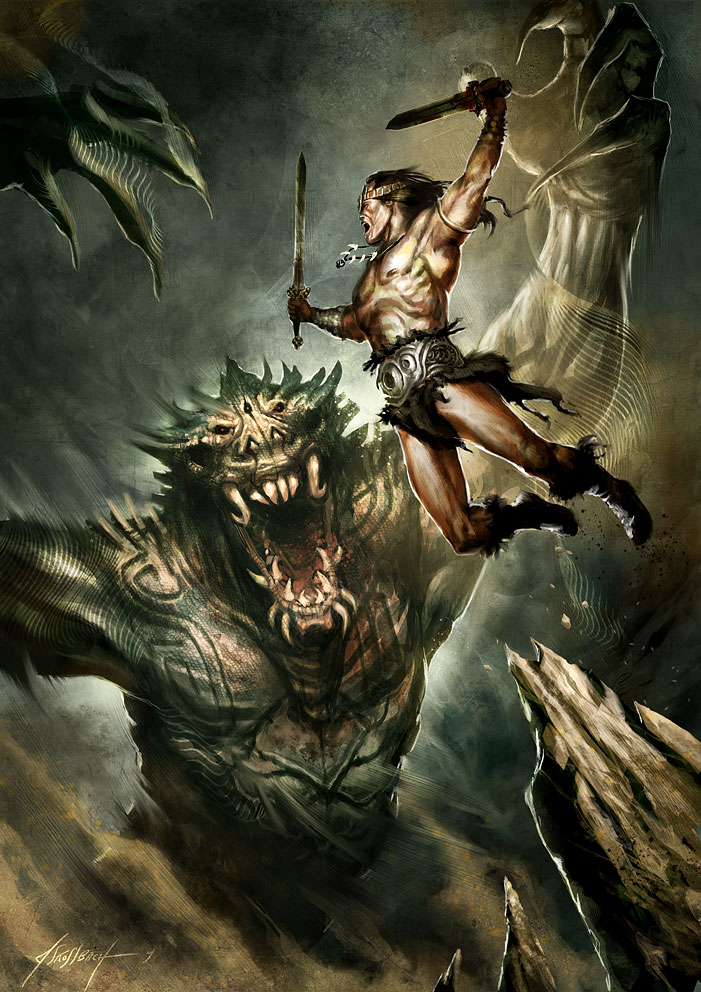
Critical Hits in Dungeons and Dragons various editions
As stated 1st Edition and Original Dungeons and Dragons did not provide for them. Second Edition provided for an optional rule and then several variant methods of applying them.
In Third Edition a natural 20 was an automatic hit. This was never specifically stated in earlier editions but was implied by the tables provided. Individual weapon types had a “critical threat” applied to them. This was the range of rolls necessary to qualify for a critical hit for that weapon.
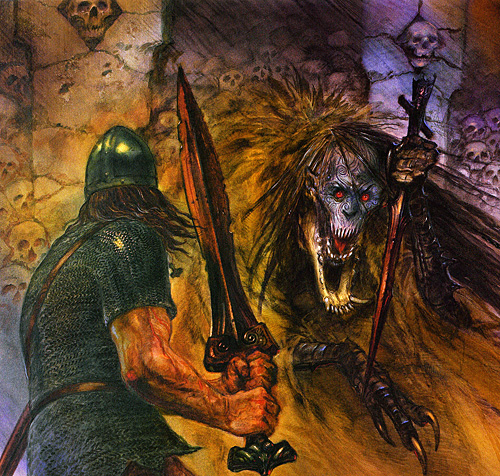
In 4th Edition a 20 was an automatic hit. But to score a critical hit one needed to roll high enough to meet or beat the targets actual defense. Otherwise it would just be a normal hit. A 20 plus modifiers that meets or beats the defense of the target will score a critical hit. Damage would be the maximum damage for that weapon plus a rolled value per plus of enhancement bonus (usually a D6). The net effect of this is that in 4th Edition the average critical hit would score more damage than the average one from 3rd Edition.
Fifth Edition simplified things again. A natural 20 always hits. A natural 20 is always a critical hit. Damage dice are rolled twice with flat bonuses left the same. This tends to bring damage back in line with the Second Edition critical hits.
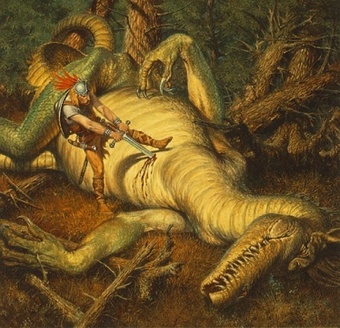
Fumbles in Dungeons and Dragons
Critical misses were also not provided for in the original rules. Gary Gygax once wrote an editorial on the subject of critical hits in the Dragon Magazine (perhaps more than one). He argued that if critical hits should be allowed that critical misses should also be. He believed, erroneously, that this might discourage players and dungeon masters who were calling for a critical hit system for Dungeons and Dragons.
But players and dungeon masters wanted fumbles too. A natural 1 should always be a fumble they said. It should always miss.
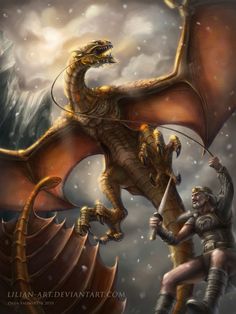
Critical Hits in Dungeons and Dragons can provide some unpredictable and wild results
I once tested a one shot adventure that I wrote which involved a cavern with a red dragon as the primary villain. The dragon that I selected for the level of characters was a bit too powerful for this group. And that was the purpose of my play test. I wanted to find out what age to use which this particular level range and number of adventurers to make it challenging but not instantly fatal to the whole group.
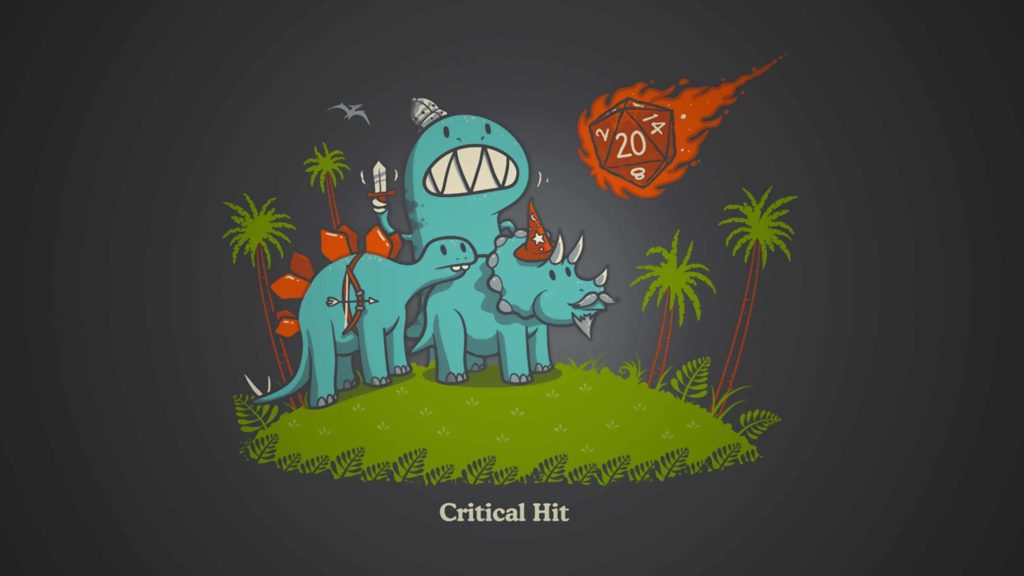
As it turned out the group defeated the dragon by the skin of the last player standing. The thief, of all people, scored a critical hit while nearly dead himself. He rolled a 20. Followed by another 20. We were using a variant system of critical hits which was popular for AD&D in which the attacker would roll a second D20 to determine the effect of the critical hit. A roll of 1-10 scored double damage. A roll of 11-15 scored triple damage. And a roll of 16-20 scored quad damage.
What appeared to be a total party kill ended up with the thief surviving and the dragon dying on the last round. Naturally…the thief being a thief…..decided to steal all the loot and not try to get any of his friends resurrected…but that is another tale….
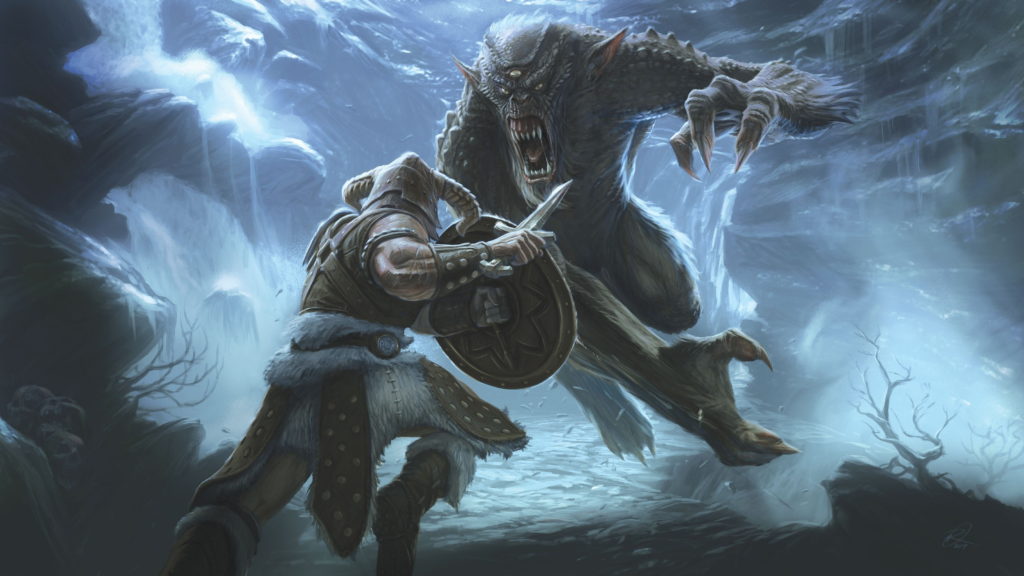
Some variations of the critical hit for AD&D
I have played 1st Edition since the late 70s. So I have seen a number of variations of the rules. Naturally these were “house rules” as the makers of the game saw no need for them. Some articles came out in the dragon which suggested some possible critical hit systems but these were not official as far as TSR was concerned. Some of the variants I have seen used:
- A critical hit automatically scores max damage for the weapon used plus any magical enhancements and strength modifiers
- A critical hit scores double damage plus magical enhancements and strength modifiers
- A critical hit causes instant death to the target
- A critical hit entitles the player to a second D20 roll. A roll of 1-10 means double damage, 11-15 means triple damage and 16-20 means quad damage
The article from the Dragon entitled “Good Hits & Bad Misses” by Carl Parlagreco provides an extensive table for critical hits depending upon the type of weapon used. Specific tables are provided for:
- Edged weapons
- Blunt weapons
- Thrusting weapons and missile weapons
- Effects vs animals
This same article also provides a specific table for critical misses as well. This table is not weapon specific.
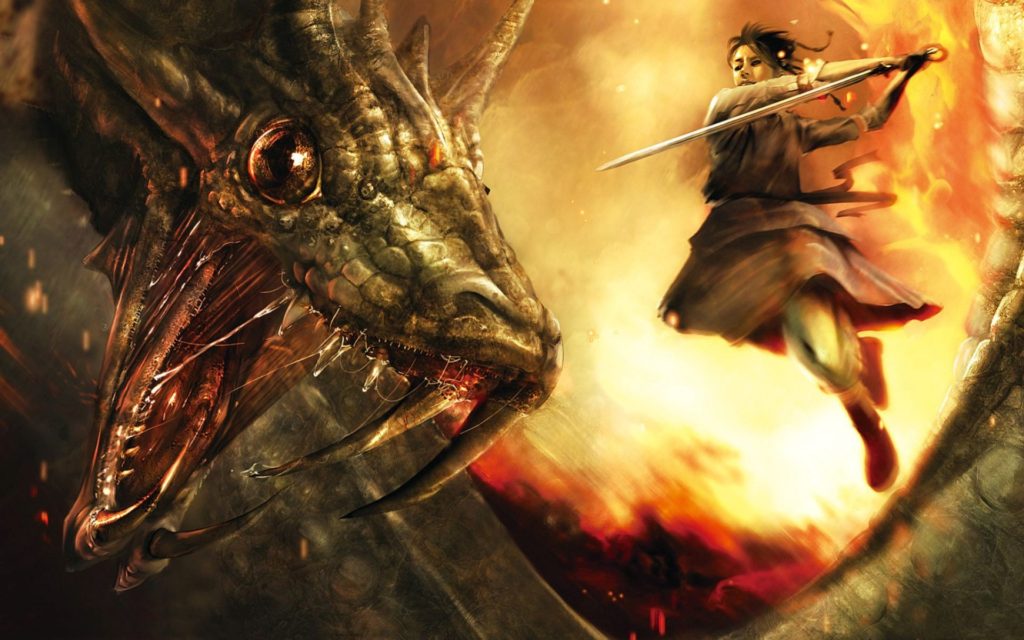
Some variations for fumbles that I have seen used for AD&D
Again….the earliest editions of the game provided no rules for critical misses or fumbles. House rules were rampant on the subject for critical misses as well as hits. Some variations that I have seen used in play:
- Attacker hits himself or herself
- Attacker hits himself, herself or a member of the party (or an ally on the field)
- Attacker drops weapon, stumbles or falls down (costing a round to recover)
- Attacker hits himself, herself or a member of the party (or an ally on the field) but must roll another D20. A 1-10 means double damage, 11-15 means triple damage, 16-20 means quad damage….and if the attacker is using a vorpal sword or a sword of sharpness……things can go really south……
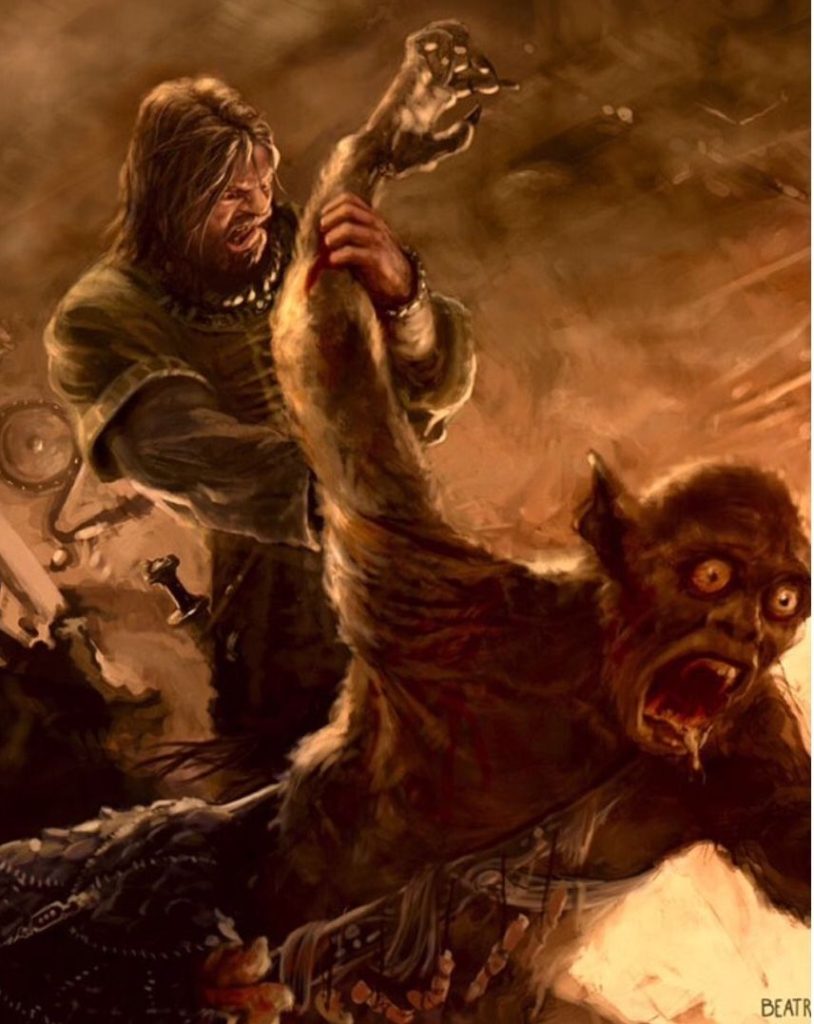
Ultimately it was the players and dungeon masters who determined the fate of Critical Hits in Dungeons and Dragons
TSR ultimately relented. The players wanted it in the game. So it became part of the game eventually. And it is still in the game today. Critical hits come into play at the gaming table just about every time the game is played now. And they are probably here to stay.
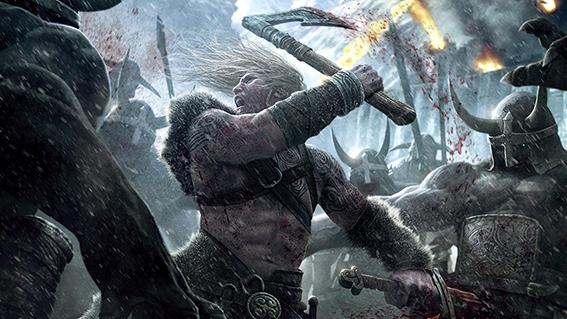
If you enjoyed this article then you might enjoy these:
- Sieges in Dungeons and Dragons
- Sleeping in Dungeons
- Kicking in doors in Dungeons
- Running Away in Dungeons and Dragons
- Division of Treasure
- Negotiation in Dungeons and Dragons
- Secret Passages
- Treasure in Dungeons and Dragons
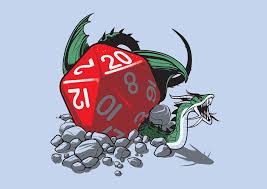


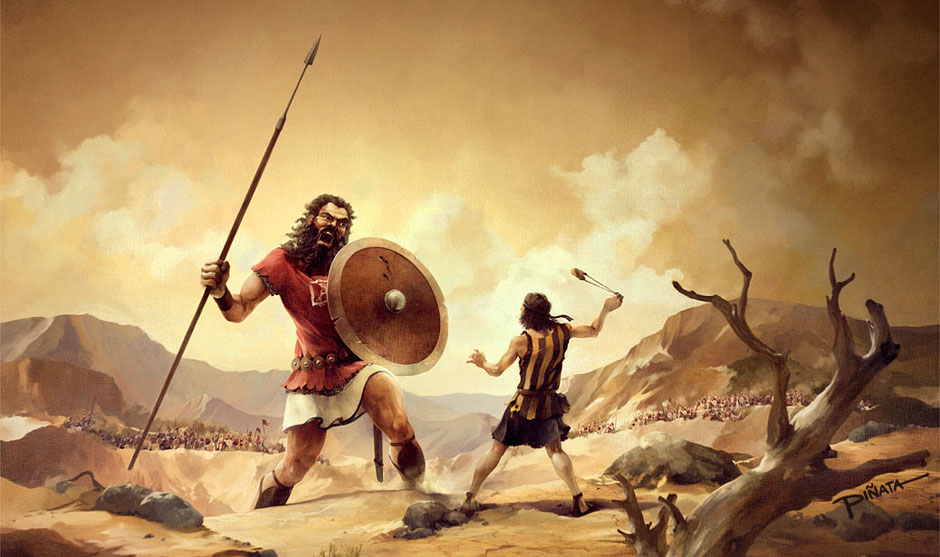
One of my first RPG experiences was playing EPT on the school bus with a friend. MY Ahoggya magic user was part of the Legion of the Dancer Without Eyes and we were in the middle of a big battle between armies. I threw a dagger at a guy on a flying carpet: natural 20! I rolled again: 19! Dude fell out of the sky, stone dead.
It’s been….41 years, and I still remember it. I read a scroll and released a Djinn and things got bad after that, but I had to get off the bus at my stop.
I’ll never forget it.
Great write up. A couple of thoughts on your image captions. In one, Beowulf is fighting Grendel’s mother (as identified by her mammaries). In a later frame, Beowulf is wrenching Grendel’s arm from its socket, he would later follow the blood trail to the monster’s lair.
Thanks!